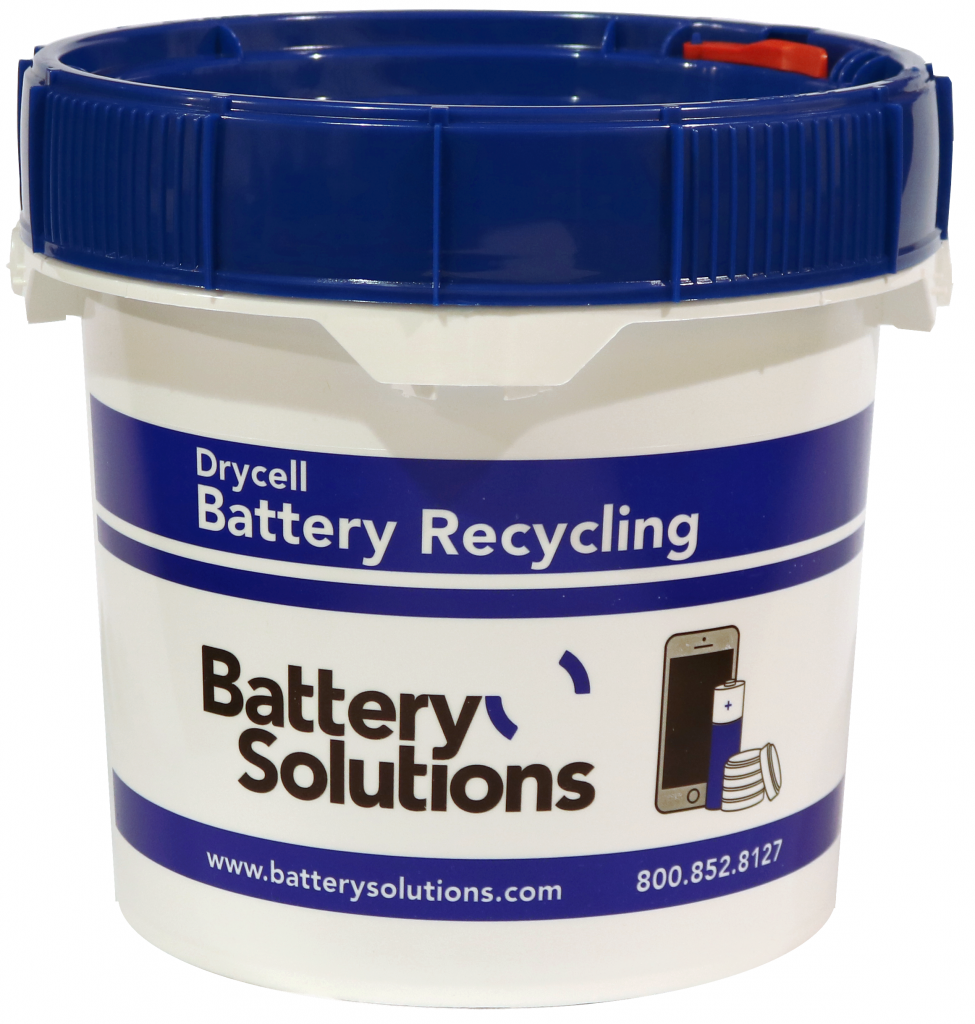Welcome back to campus, Illini–or just welcome to those of you who are just beginning your University of Illinois experience! And thanks to those of you from the broader Champaign-Urbana community who stopped to chat and learn about our project at the Taste of Champaign last weekend. It was great to hear positive comments on the idea of collaborative repair (i.e. we help you help yourself through “do-it-together” rather than “do-it-yourself” repair and we don’t just fix things for you–that’s what makes this an educational project for everyone involved!). We’ve already had some folks set up appointments for assistance, so kudos to everyone who has decided to try the “repair rather than replace” option we espouse.
A quick update on our impacts–see the recently revised infographic at https://drive.google.com/file/d/11XV_2jO3KNf7437oQ3IlXoc4HtIjGNZ_/view.
Our all time total for pounds of materials diverted through repair assistance and collections of special materials for recycling (e.g. batteries and CDs/DVDs and their cases) is 740.88 lbs!
How much is that, really? According to the web site “The Measure of Things” presented by Bluebulb Projects, that’s three-fourths as heavy as a grand piano, or about two-thirds as heavy as a polar or grizzly bear. See https://www.bluebulbprojects.com/MeasureOfThings/results.php?amt=740.88&comp=weight&unit=lbs&searchTerm=740.88+lbs. Great job everyone! Let’s keep growing that number!
Maybe by the end of the semester, we can have a whole polar bear–we could call him the Repair Bear! 🙂 Or maybe instead we’ll just look at this cute, non-dangerous picture of a polar bear and reflect on how cool repair, reuse, and recycling makes us feel.

We’ll continue to operate by appointment in Fall 2018; send us an email, Facebook message or give us a call at 217-300-5629. You can also fill out our diagnostic form with some basic info on the device and issue you’re facing and one of our staff or volunteers will be in touch. We’ll also have pop-up repair clinics in various locations on campus and off (we’ll shoot for at least one on and one off each month) to help you fit troubleshooting and repair into your busy schedule. And we’re planning some educational workshops to help you learn relevant skills like soldering, how to maintain your device, the basics of how electronics work, etc. Again, keep your eye on this web site, our calendar, and Facebook for details!
Want to get involved? Send us an email to learn more about volunteer opportunities. No prior repair experience necessary, nor any particular academic background, just a desire to learn, to try new things, and help other people. Come join the Illini Gadget Crew and be part of the Fixing Illini! Can’t donate your time? Consider a small monetary donation to help support continued, free-to-the-public programming, like battery collections or pop-ups throughout the community. You can donate online at http://www.sustainelectronics.illinois.edu/SEIdonation.html. Thanks for your support!
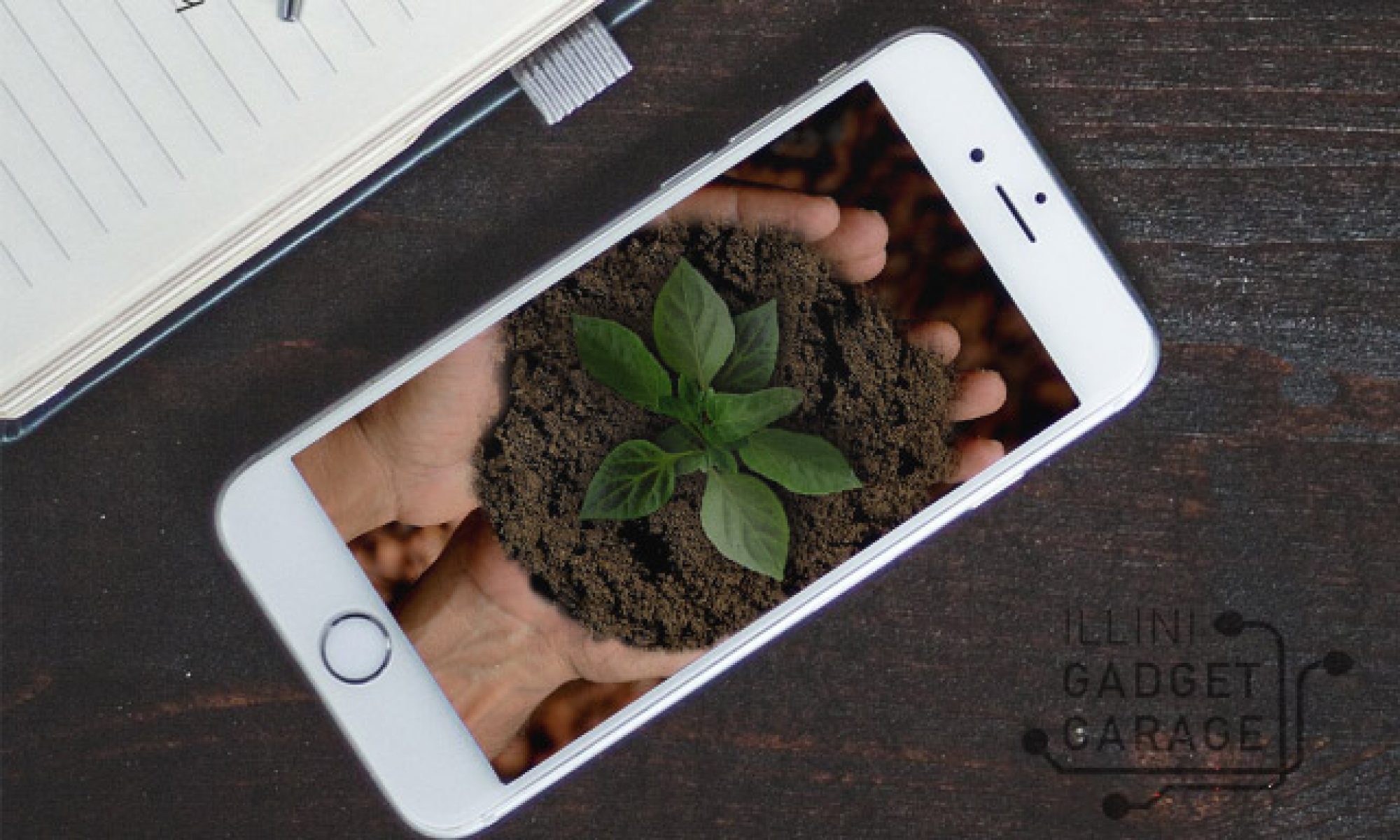
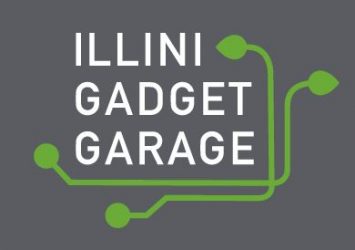
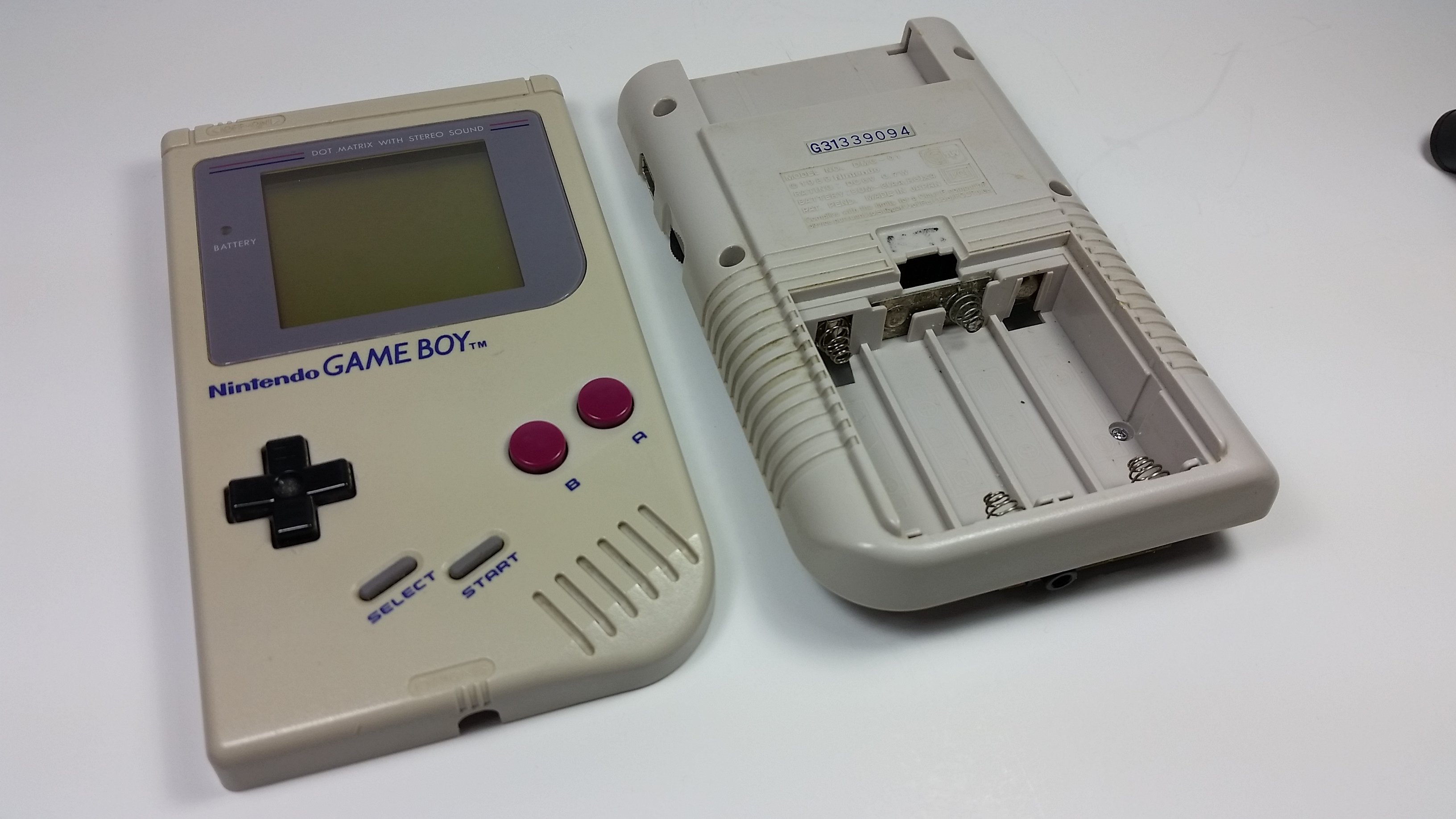 After getting removed from a parent’s basement, my friend showed me the bag of retro games and consoles her parents had returned to her after years of sitting dormant. In my excitement of holding an original Game Boy, I flipped the device on only to have nothing happen. Batteries must be dead, was my natural assumption. I opened the battery compartment to find the batteries had leaked and corrosion EVERYWHERE.
After getting removed from a parent’s basement, my friend showed me the bag of retro games and consoles her parents had returned to her after years of sitting dormant. In my excitement of holding an original Game Boy, I flipped the device on only to have nothing happen. Batteries must be dead, was my natural assumption. I opened the battery compartment to find the batteries had leaked and corrosion EVERYWHERE.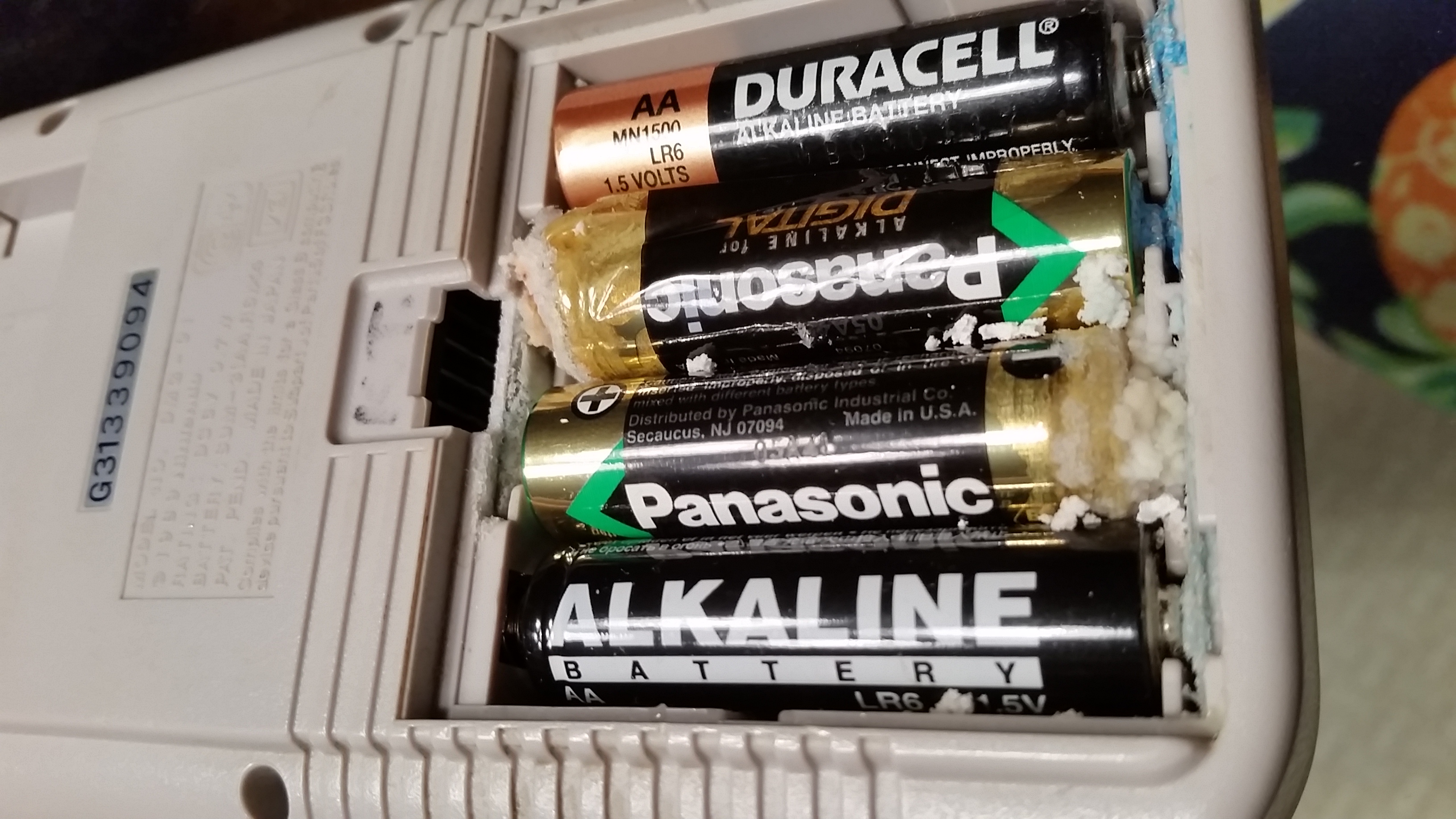




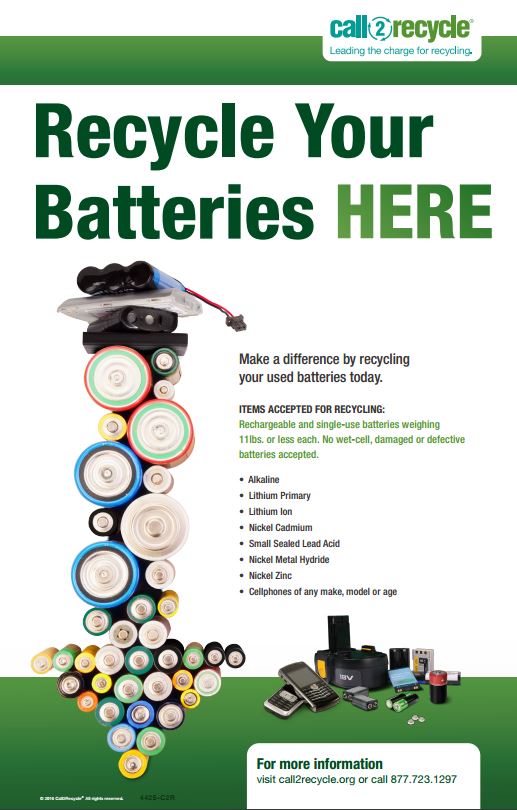

 Note: This post was written by Illini Gadget Garage staff member Madeleine Wolske.
Note: This post was written by Illini Gadget Garage staff member Madeleine Wolske.